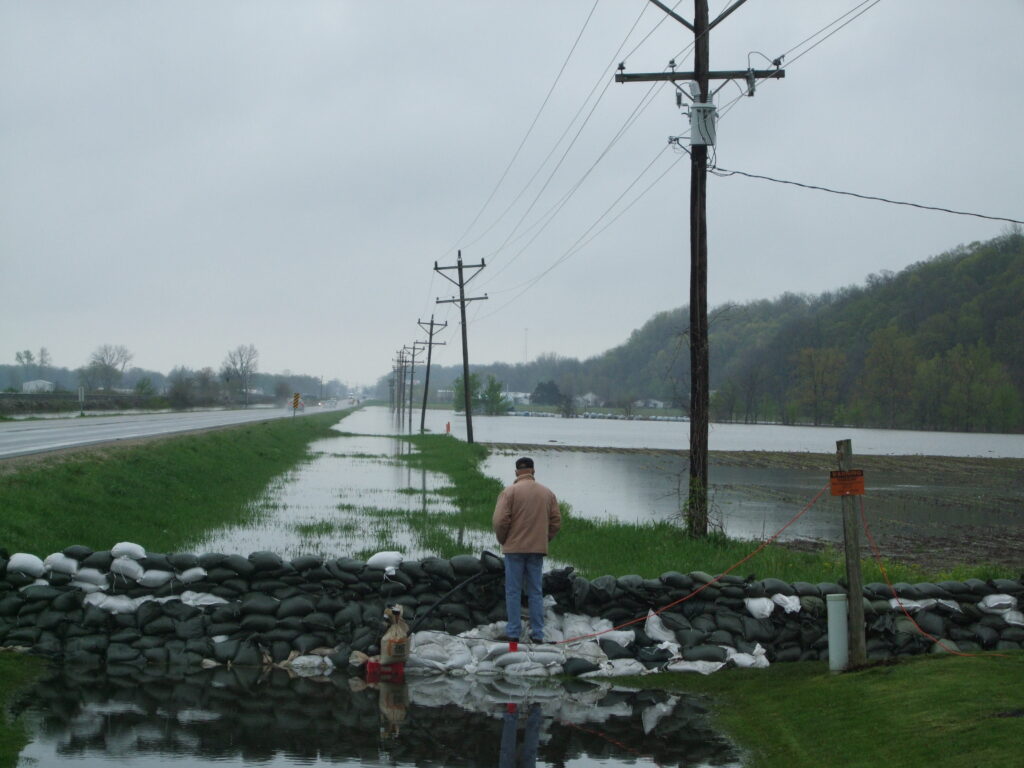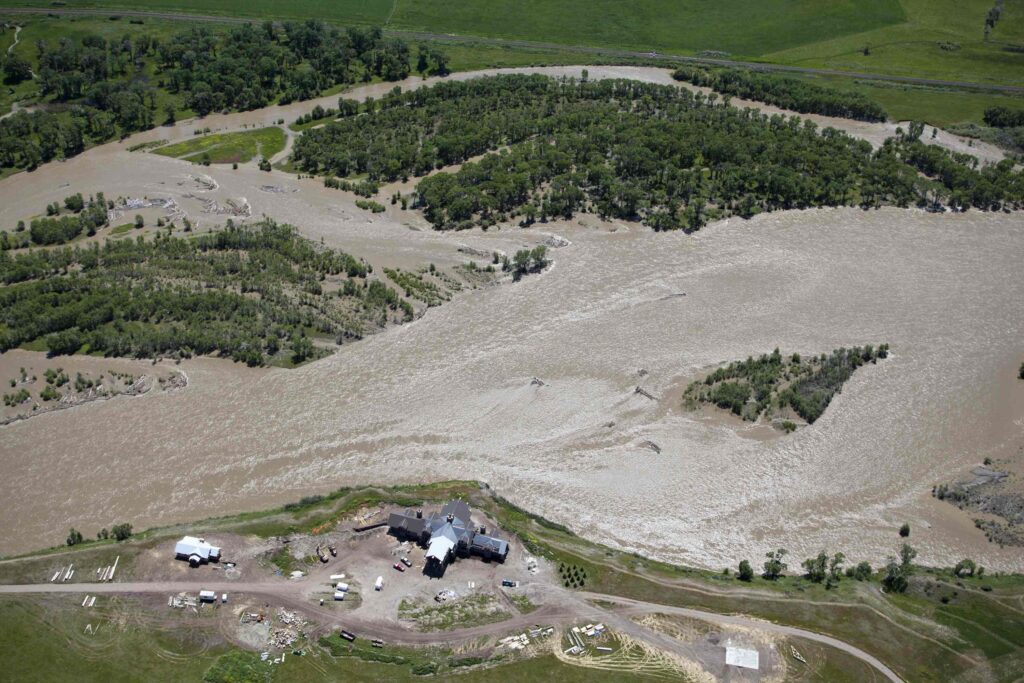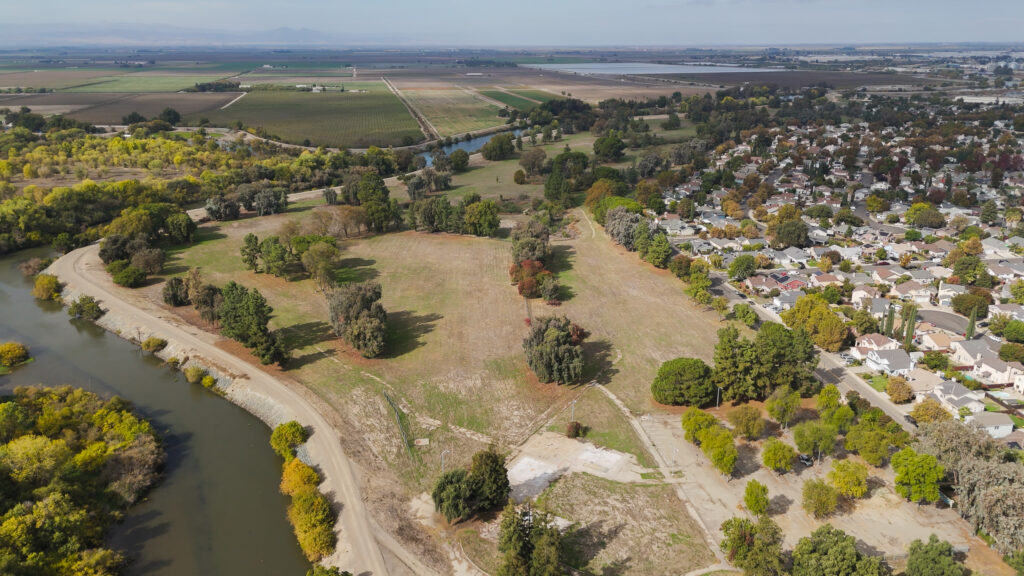If you live in Atlanta, you’ve probably heard that the Braves are leaving Turner Field. Whatever your feelings may be about the Braves, for the local residents in this low-income community of color, this move presents a rare opportunity. An opportunity to reduce the persistent flooding; an opportunity to get a grocery store; an opportunity for translating a shared vision into action; and an opportunity to create a neighborhood that equitably serves the residents for the first time since the 1940’s.
Check out this article from the coalition of residents known as the Turner Field Community Benefits Coalition (TFCBC) to learn more about the history of the area.
Despite this challenging history, there has been cautious optimism around the recent Turner Field Stadium Neighborhoods Livable Centers Initiative (LCI), a community visioning process for the future of the area. The LCI has involved hundreds of residents and focused on transportation, urban amenities, density, stormwater, the environment, and other issues of importance. Parallel to the LCI, the TFCBC published a survey of almost 1,000 residents. Top answers to a primary question, “The New Development Should…” included: “Manage Stormwater” (#1), “Be Environmentally Friendly” (#4), “Create More Job Opportunities” (#5), and “Include Public Parks/Green Space” (#6).
After reviewing these results with residents, we at American Rivers considered how the benefits of green stormwater infrastructure (GSI) could address several of the community’s top priorities. So we offered to assist both the TFCBC and the LCI in crafting robust, yet realistic recommendations for the implementation of GSI for the redevelopment, as well as for the adjacent interstate highways—a major source of runoff. After attending multiple community meetings and listening to what people were asking for, we developed recommendations to capture the first 1.8” of rain from each storm wherever possible, totaling about 3.6 million gallons per storm. Then we backed these recommendations up with two feasibility assessments, which rely primarily on rainwater harvesting, permeable pavement, and bioretention. The draft LCI Plan, including American Rivers’ recommendations, is now available for review and comment here.
The most recent step in turning these recommendations into reality has been working with ECO-Action to train local residents to become advocates for GSI. By investing in local capacity, we hope that there will be voices for sustainable water management in the community for decades to come.


